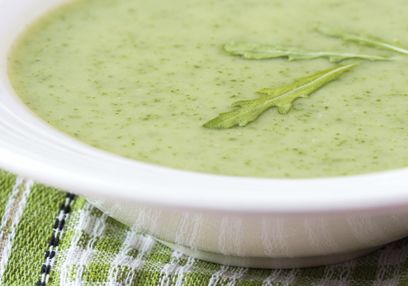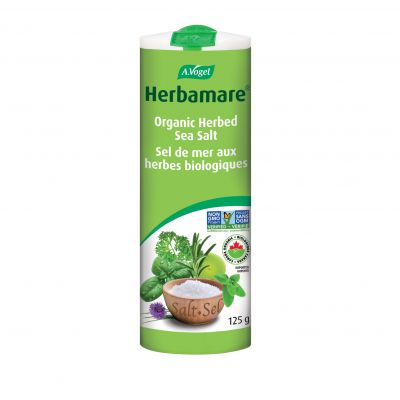What is a ligament?
With a body made of over 200 bones and upwards of 850 muscles, there is a lot in motion at every hour of the day. This requires the coordination of so many different processes that just one article could hardly do them justice.
Ligaments are short but tough fibrous bands of connective tissue that join two bones. They are mostly made of a protein called collagen, the most abundant protein in the body that cross-links and provides tensile strength but remains incredibly flexible. Despite this incredible strength, they are still subject to overextension.
How does the ankle put a spring in my step?
The ankle is one of the many superstars of the body because it provides the connection between the leg and the foot. The ankle is key to the upright stability of humans and a sprain can take you off your feet for many days depending on the severity of the injury.
What kinds of ankle sprains are there?
- Inversion – this injury involves the foot turning into the body which stretches the ligaments on the outside of the ankle. This commonly involves the talofibular ligament which connects the fibula with the talus bone.
- Eversion – this injury involves the foot turning outwards from the body and often stretches the deltoid ligament. As one of the strongest ligaments in the body, this type of injury is fairly uncommon.
- High ankle sprain – this injury often occurs due to rotation where the foot rotates out while the leg rotates inwards. This injury stretches or tears the ligaments responsible for connecting the tibia and fibula, the bones of the lower leg.
What are the signs and symptoms of a sprain?
When the ligament becomes overstretched, the body begins to treat it immediately. It dilates the local blood vessels to flush the area with blood and the nutrients necessary for repair. Tears in the tissue can also introduce fluid from other areas that should not be there, so white blood cells are sent to keep all of the various cells in order, preventing them from causing trouble. Think of them like the street cleaners that go across the edges of the road, cleaning up any debris that could have been blown in from other parts.
What are the different grades of an ankle sprain?
Your primary care provider may use a grading system to determine the severity of the sprain.
- Grade I – stretching or slight tear of the ligament; can walk with minimal pain
- Grade II – larger incomplete tear; walking is painful
- Grade III – complete tear; walking is usually not possible due to pain or the instability of the ankle
How should I treat an ankle sprain after it happens?
A brilliant acronym that you can use to help you remember what to do in a variety of bone, muscle, and joint injuries is affectionately known as RICE:
- Rest – the individual needs to stop any current activity and rest without moving.
- Immobilize – if you need to move the individual or emergency services aren’t going to be there in a timely fashion, it’s important to splint the area and prevent it from moving. Their injury should always be kept in the same position it was found in.
- Cool – as mentioned earlier, the body will treat the sprain by inducing inflammation and swelling. In order to manage this a bit better, you can apply ice or a cold pack to the injury for about 20 minutes every hour.
- Elevate – the injury above the heart to prevent too much blood from moving into the area and causing further swelling.
While most ankle injuries heal without weakness, some of the ligaments may fail to heal properly and become weak. Those experiencing repeat injuries are more prone to developing ankle instability. This could cause the individual to unconsciously avoid putting excess pressure or participating in as vigorous activity as they once did before the injury. Therefore, seeing a physical therapist could be beneficial in determining appropriate activities to keep you active and healthy across the lifespan.
Is there anything I could use to help control the pain and swelling?
Physical options such as bracing and balance training have been shown to reduce the incidence of ankle sprains. However, sometimes a boost from your herbal remedy toolkit is necessary. Arnica montana is an herb that can be used topically, via products such as Absolüt Arnica Gel , to provide pain relief for the swollen ankle. The herb reduces the levels of pro-inflammatory agents in the area it’s applied to as well as increases the levels of antioxidants. To provide further relief, one should consider the use of Devil’s Claw (Harpagophytum procumbens). A dry extract of the root will contain the active component known as harpagosides which have a mild analgesic or pain-relieving impact on the body. The herb achieves this effect by inhibiting certain pro-inflammatory agents from becoming active in the area of the sprain. Products such as Joint Pain Relief contain 480mg of a dry extract from the root of the herb. Another component of the herb, the verbascosides, provide an antioxidant benefit as well.
References
https://www.ncbi.nlm.nih.gov/pubmed/17128436
https://www.ncbi.nlm.nih.gov/pubmed/25299444
https://www.ncbi.nlm.nih.gov/pubmed/25898110
https://www.ncbi.nlm.nih.gov/pubmed/25966322
https://www.ncbi.nlm.nih.gov/pubmed/26336342
https://www.ncbi.nlm.nih.gov/pubmed/26639734
https://www.ncbi.nlm.nih.gov/pubmed/28401567






